From Paper and Pencil to Everyday Practice
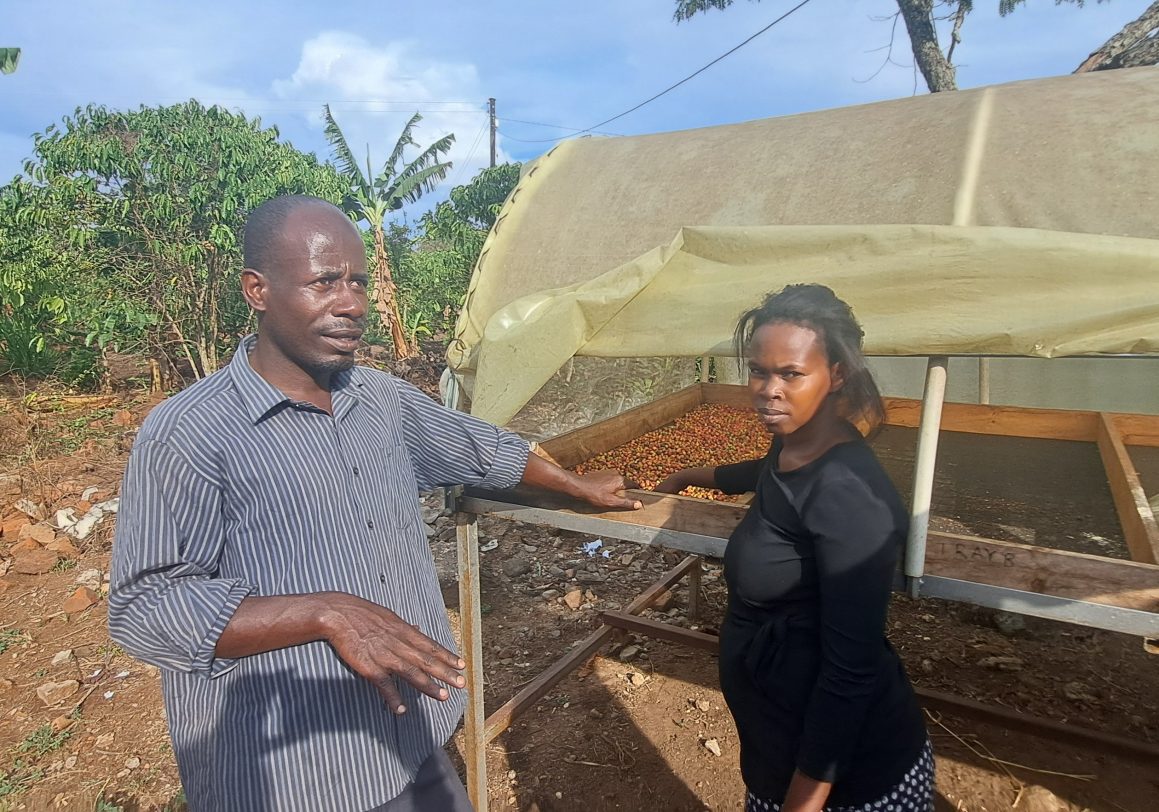
A crucial part of the work supported by the initiative for coffee&climate is the c&c toolbox – an interactive web app on climate-smart coffee cultivation for smallholder coffee farmers and agronomists worldwide. It is accessible via smartphone, tablet, and laptop, even in low-bandwidth areas, contains graphics, short videos and descriptions in local languages, and comes with easy-to-use step-by-step instructions.
How Are the Tools in the c&c Toolbox Created?
We went to Uganda to reconstruct the journey of two tools which made their way from an idea on paper into a solution for the mobile app. The journey took off on 2 August 2021, in various seminar rooms located in Uganda’s coffee areas.
Several meetings led up to the “Participatory Climate Risk Assessment” – a forum for farmers to discuss challenges posed by climate change and possible adaptation options. The first task to be conducted by the overall 94 participants – 47 leaders of coffee cooperatives and 47 cooperative trainers – was to get a better understanding of the climate risks having the greatest negative impact on the farming community. The list they came up with was long:
- Prolonged and extreme drought drying up most crops
- Heavy rainfall destroying crops and roads
- Increased attacks of crop pests, including coffee wilt, wiping off a lot of plants
- Drying of water sources in communities
- Wetland reclamation due to farmland expansion
As a result of climate change, seasons vary a lot. Coffee flowering for example occurs earlier these days, shifting from February-March and August-September to January-February and June-July. Likewise, coffee harvesting which used to be between October and January now takes place from August to January.
Affordable and Accessible Solutions
After all these risks and challenges were identified, possible adaptation options were discussed during the assessment sessions – options that must be affordable and accessible by the farmers as well as replicable. For options that have not been tested or used by farmers, so-called trial plots are set up to test them on a small scale. This was the case for two innovations to be tested – the use of biofertilizer and solar dryers, specifically designed to meet farmer´s needs.
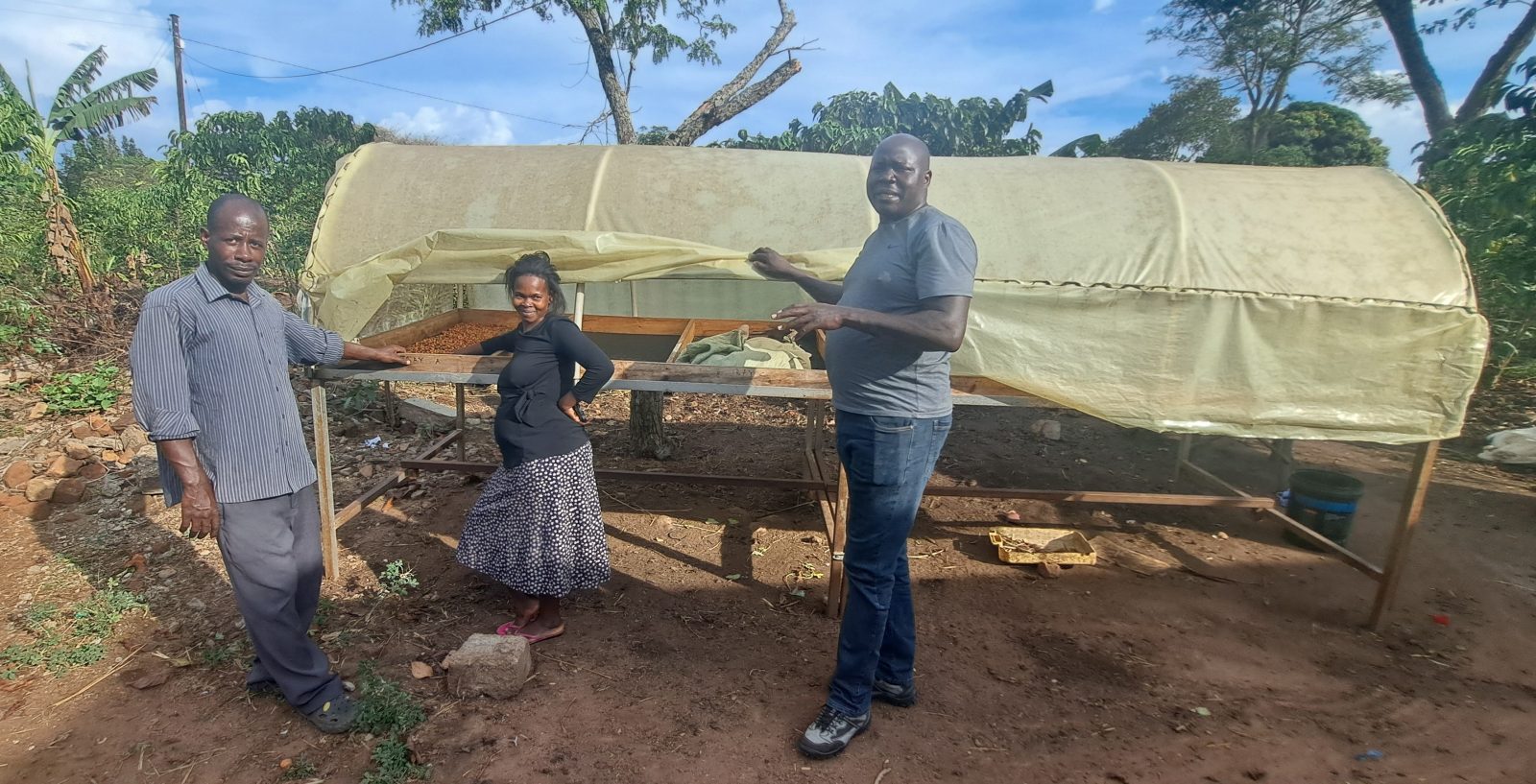
This is where our journey moves on. First to the National Coffee Research Institute (NaCORI), a vast complex in some lush green forest area at Kituza in Mukono District. Being known for its innovative approach by researching alternative coffee products as exotic as coffee yoghurt or coffee skin cream, NaCORI is the right partner to develop climate adaptation options.
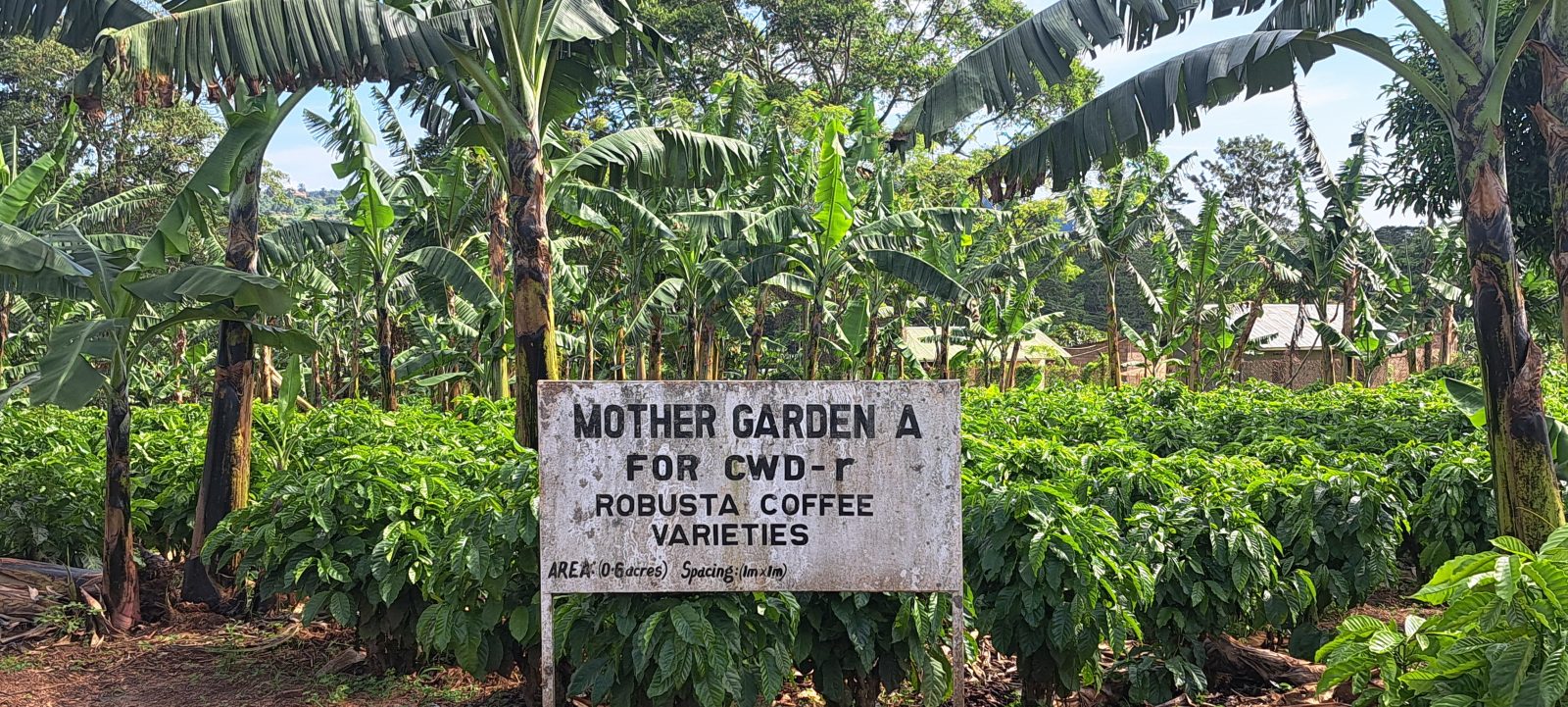
Here, about 38 kilometers East of Kampala, we meet Joseph Mulindwa, a research officer and scientist. He shows us around the various nurseries of NaCORI, where different coffee varieties grow. We also see solar dryers, huge tables at a height of about one meter, equipped with a metallic round frame that carries a cover made of UV polyethylene. Originally produced in big sizes, which come at a cost of about 70 million Ugandan Shillings (about 1700 Euro), NaCORI designed a much smaller and less expensive prototype, ready for trial.
Trials, Training and Reproduction
As with all trials, the outcomes of the solar dryer testing were validated at district and national level involving different stakeholders from research, academia and farming households, among others. Then the solar dryer moved into the “implementation component” of the tool journey – to be used by selected farmers and promoted among the communities. The farmers were trained to use the solar dryers and reproduce the model for their own use.
Christopher Busulwa in Nakaseke Distrikt in Central Uganda is one of the farmers, who, together with his wife Sarah installed the solar dryer on his farm. And he is happy about it:
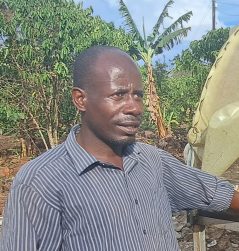
This dryer has several advantages for us. First, we do not need to dry the beans on the floor anymore, where animals and diseases can attack them easily. Secondly, the cover can be fully closed or reopened quickly – which is extremely important given that rainy periods have become unpredictable.
Christopher Busulwa
Christopher and Sarah are also using organic fertilizer, the second adaptation option and potential c&c tool identified during the Participatory Climate Risk assessment. The fertilizer currently is only applied to some parcels of the farm for testing and comparison. The results are stunning: plants in this area are much healthier and more resistant to climate change and drought. This comes as no surprise to Victor Komakech, Climate Change Coordinator at HRNS Uganda, the implementer of this c&c project.
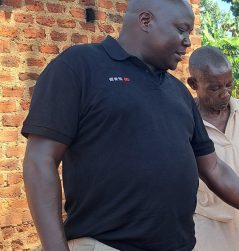
The overall use of chemicals made our soils tired.
Viktor Komakech
Energy for the Soil – Right from Kampala
To see what energizes them again, we travel back to Kampala to meet James Mawa and Janet Apio from “Biofertilizer Africa”. Their own journey brought them from wastewater management and producing organic fertilizer for maize and beans to the collaboration with the initiative for coffee&climate and NaCORI to develop a specific version for coffee crops.
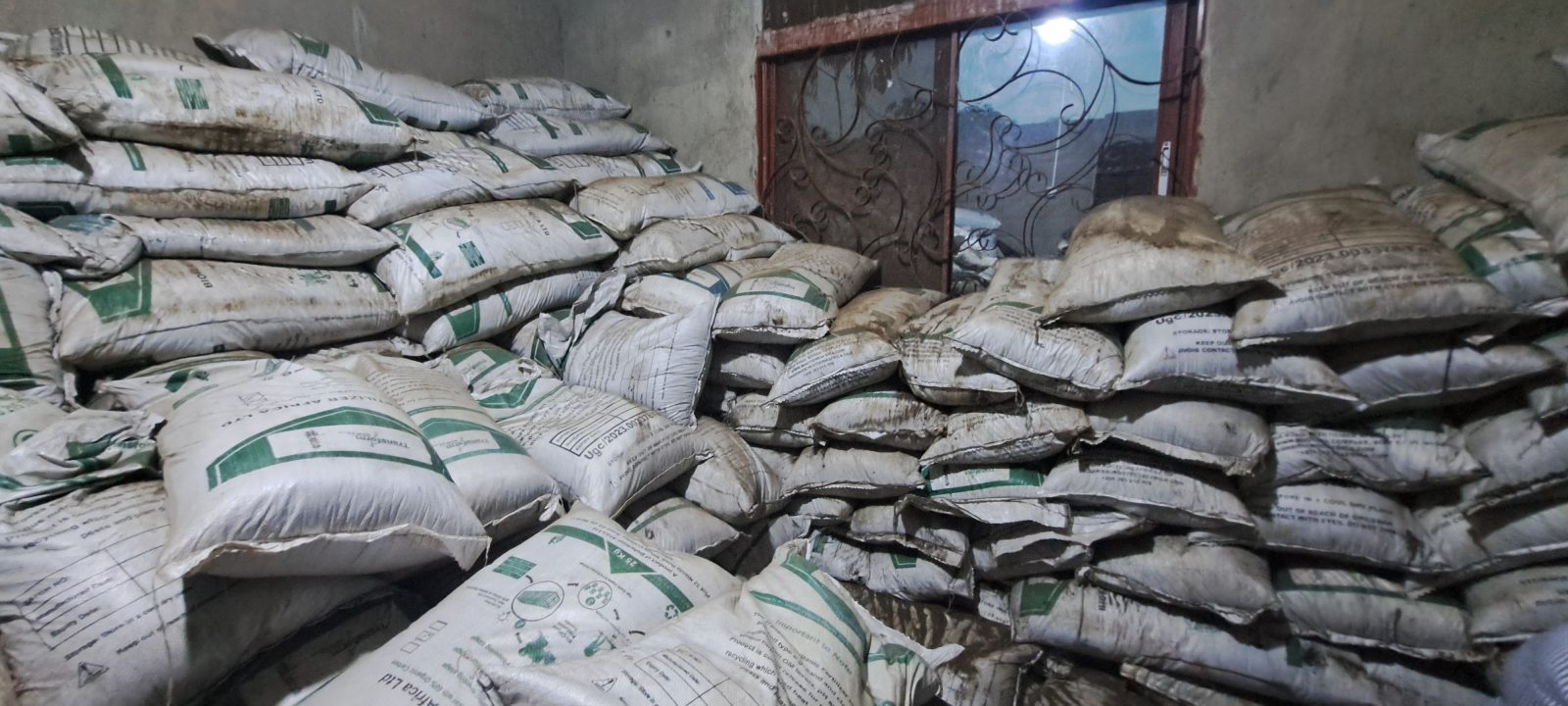
Research showed that the soil in many coffee farms contains a high PH value. Biofertilizer Africa upcycles organic material by using the method of “heat sanitized composting” and air-blowing more nutrients into the mulch. The price for a 1kg bag is 3,000 Ugandan Shillings (73 Euro Cents), quite affordable for farmers. Furthermore, Mawa says farmers can increase their productivity from 2 kg of beans per coffee tree to 4 to 7.5 kg by applying this fertilizer. This could even rise to 12 kg per tree.
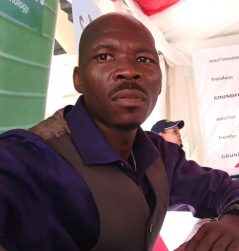
We are keen to upscale the product with our partners and sensitize more and more farmers how important organic fertilizer is for the health of soil and climate change adaptation.
While Kampala was the last stop on our travel – the tool journey itself goes on. More practices will be tested, and more tools will make their way into the c&c toolbox, for farmers to effectively use this interactive app. And for them and their families to be well prepared for their journey into a better future.